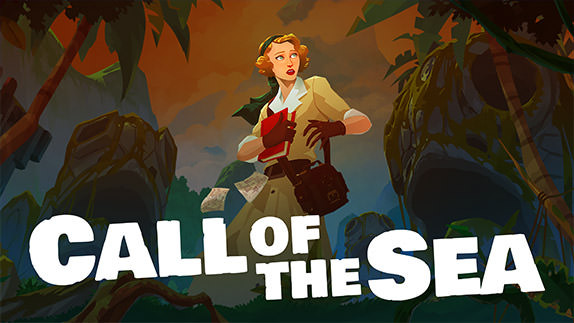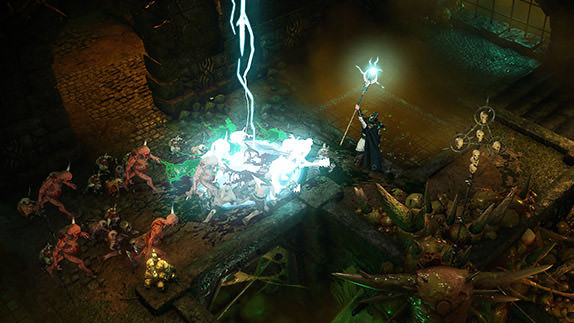Valkyria Revolution Review

 By Kevin Mitchell | Posted: June 28, 2017
By Kevin Mitchell | Posted: June 28, 2017
Although the original game in the Valkyria series, Valkyria Chronicles, was a critical hit in 2008, Sega only saw fit to continue the narrative with two sequels on the PlayStation Portable. It may have taken quite some time, but the original game finally was ported to both PC and PlayStation 4 ahead of the newest game in the series, Valkyria Revolution. Although it serves as a spinoff, not following the same narrative, characters, or even universe as Chronicles, hopes were high that the game would be as engaging as its predecessors.
Valkyria Revolution released on PlayStation 4 and the PlayStation Vita in Japan well before the North American launch, which also brought the game to the Xbox One (the first time the series has been on the Xbox family of consoles). Unlike Chronicles, where battles took place entirely on a turn-based system, Revolution features fast-paced action RPG mechanics, combined with a cover system and the ability to pause the action when using spells, secondary weapons, and other items. Players take control of a single character at a time; however, you can give orders to the AI-controlled companions.
Taking place in real time is a massive departure from the previous turn-based system from Valkyria Chronicles. Standard actions, such as melee attacks, guarding, and evading attacks can be done instantly (although you are limited by a recharging action meter before you can perform an additional move); however, more advanced tactics require the use of the battle palette, pausing the action. Here, you can trigger any of the alchemy spells that your character has, or secondary weapons, such as using a firearm for ranged attacks or grenades. Spells can be both offensive and defensive, using punishing fire-based area-of-effect spells, defensive buffs, or healing. Both spells and secondary weapons are character-specific, but usable items are a shared resource between everyone on your team.
Although you can only control a single character at a time, you can order your companions around using the battle palette, pausing the action for strategic maneuvers. Basic strategies can be altered on-the-fly, such as having your AI partners focus their attacks, go on the offensive, or concentrate on a defensive battle. By default, they will move around the battleground swinging their glowing magical melee weapons, which have some of my favorite weapon designs in any action RPG. Enemy forces consistently outnumber your ragtag group, and as you progress through the narrative, enemies will soak up additional damage, especially bosses. Anytime you come across walls or half-walls, you can take cover to regain health and lower damage taken and to surprise foes. Here, you should use your ranged weapons or spells to invoke fear into enemy soldiers. When panicked, enemy defenses are lowered, opening them up to punishment.
Valkyria Revolution focuses heavily on its narrative approach, overshadowing the combat sections in the game. You'll frequently watch multiple sequences strung together, complete with long load times between each one. Animations are dull during story elements, and characters don't convey any emotions, feeling like they are on autopilot as they deliver their dialogue. Valkyria Chronicles featured a unique watercolor visual style that is still talked about today, but Revolution has gone a different route. Gone is the painterly quality, and instead, a canvas filter has been applied on top of the colorful and bright anime-style visuals.
While Valkyria Chronicles was loosely set during the early years of World War II, Revolution is set much earlier, during an alternate version of the early 19th century in Europe. The plot follows five orphans and their desire for revenge against the Ruzi Empire for burning down the orphanage when they were little. Now, ten years later, they have set their nation toward war for their own means, and even though it will improve the lives of the nation's citizens, they are putting their lives at risk for their ultimate goal: revenge.
Simply Put
Valkyria Revolution fails to live up to the previous games in the series, and although it serves as a spinoff, the new system mechanics don't blend. The narrative approach is admirable; however, most sequences are dull and feel lifeless. Not to mention, the long loading times between each sequence lead to quite a bit of downtime before you need to pick up the controller.
Note: Valkyria Revolution was reviewed on PlayStation 4. A digital copy of the game was provided by the publisher/developer.




